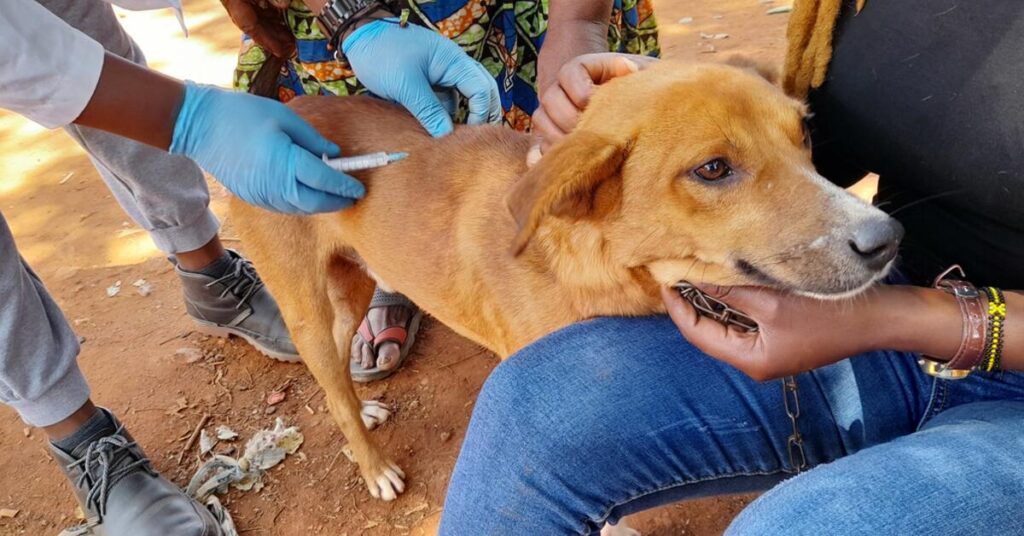
Zoonotic diseases are infectious diseases that can be transmitted between humans and animals. Such diseases have posed great threats to human health throughout history and remain important today. These diseases have become an increasing danger day by day. Factors such as humans changing natural habitats, closer contact with animals and travel. In this article, we will understand what zoonotic diseases are and how they are transmitted. And we will discuss what can be done to control these diseases.
Definition of Zoonotic Diseases
These diseases are infectious diseases that can be transmitted from animals to humans or from humans to animals. These diseases can be caused by many different types of microorganisms. These microorganisms include bacteria, viruses, fungi and parasites. For example, there are many zoonotic diseases such as COVID-19 (SARS-CoV-2 virus), avian influenza (H5N1), rabies, and Lyme disease.
Ways of Transmission of These Diseases
The ways of transmission of these diseases are quite diverse. The most common ways of transmission are:
- Direct contact: Contact with an infected animal, especially contact with the animal’s saliva, blood, urine or feces, can lead to the transmission of zoonotic diseases.
- Via vectors: Vectors such as insects, mosquitoes, and ticks can transmit disease-carrying organisms to humans.
- Foodborne: These diseases transmitted through food products can be associated with the consumption of raw or inadequately cooked meat, dairy products, eggs and seafood.
- Airborne: These diseases, especially those transmitted through breathing, can easily spread between people through coughing and sneezing.
Importance of These Diseases
The importance of zoonotic diseases is based on several factors:
- Public Health Threat: These diseases directly threaten people’s health. Epidemics that can lead to fatal consequences pose a great risk to public health.
- Ecosystem Balance: These diseases can cause imbalances in ecosystems. Destruction of natural habitats and narrowing of animals’ habitats may cause these diseases to be transmitted to humans more easily.
- Economic Impacts: These diseases can have negative effects on agriculture, tourism and other economic sectors. Disease outbreaks can cause trade halts or crop losses.
Control of These Diseases
A number of measures can be taken to control zoonotic diseases:
- Monitoring Zoonotic Diseases: Health authorities should monitor zoonotic diseases and intervene quickly.
- Hygiene: Following cleaning rules can reduce the risk of infection.
- Vaccines and Treatments: Diseases can be controlled by developing vaccines against these diseases and finding effective treatment methods.
- Animal Health: Protecting the health of animals can prevent the spread of these diseases.
Human Health and Ecosystem Relationship
Zoonotic diseases are a major problem that threatens human health, ecosystems and the economy. As interactions between humans and animals increase, the risk of spreading these diseases also increases. Therefore, continuous efforts are required to monitor, prevent and control the diseases. Additionally, protecting natural habitats and carefully monitoring animal health are also important in this fight.